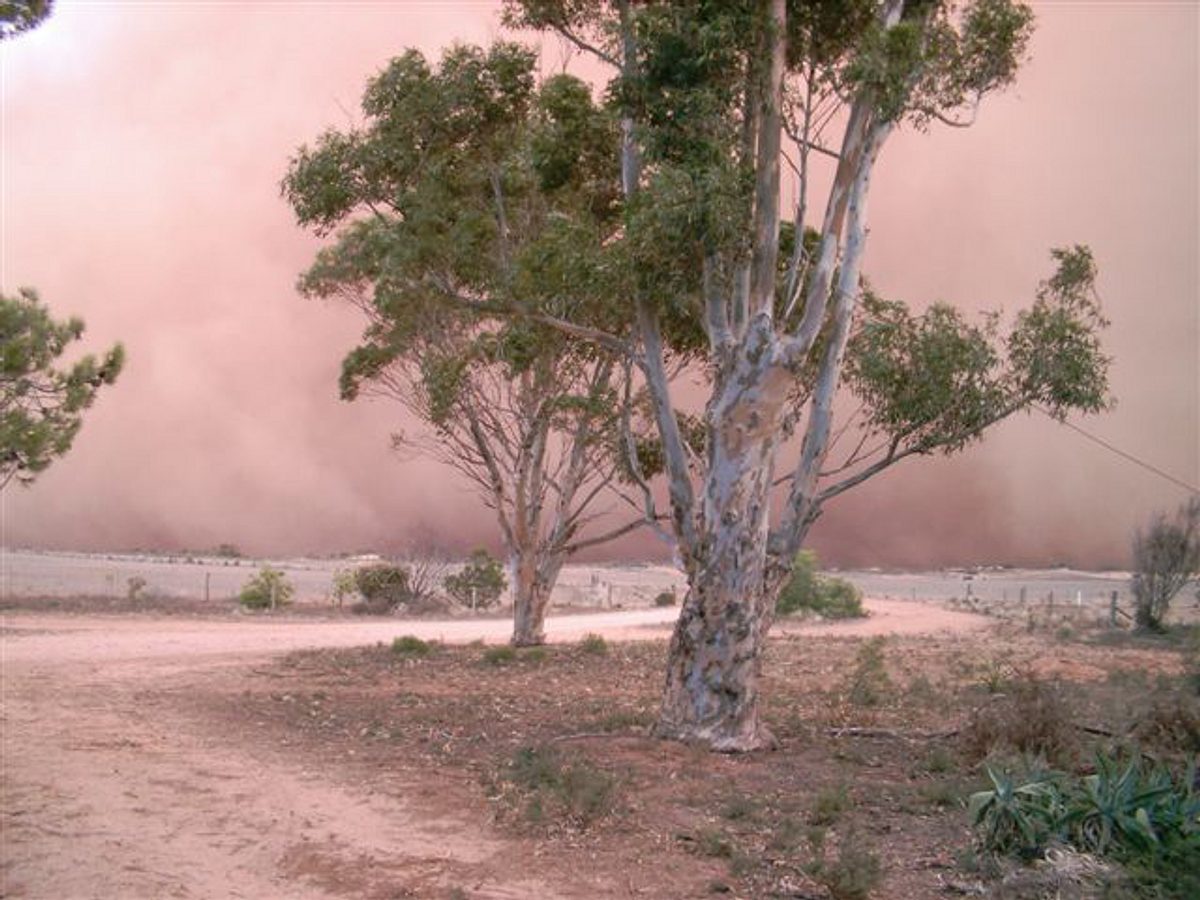Climate change, wheat production and erosion risk
Projections for a warming, drying climate across the state’s agricultural zone are cause for concern, particularly where low soil moisture often presents a significant limitation to plant growth. Potential impacts to wheat grain yields and the frequency and severity of wind and water erosion risk (due to low crop stubble biomass) have been examined through a modelling exercise spanning the entire dryland cereal cropping zone. This involved linking the crop simulation model ‘APSIM’ to mapping of key soil properties such as surface texture and plant available waterholding capacity (PAWC). Representative historic long-term climate datasets were used in the modelling, along with hypothetical climate change scenarios (consistent with projections to 2030) to explore simulated regional impacts under drying, warming and increasing carbon dioxide levels.
If climate changes in line with current projections, farmers and other natural resource managers will need to adopt a range of adaptation strategies. These may include incremental shifts and flexible risk management approaches through to more fundamental practice changes over generational timeframes.
Find out more:



